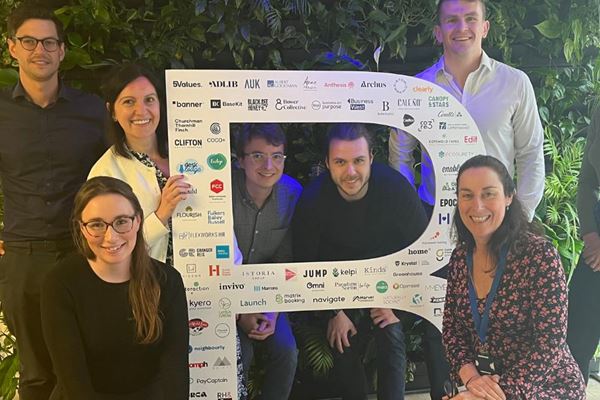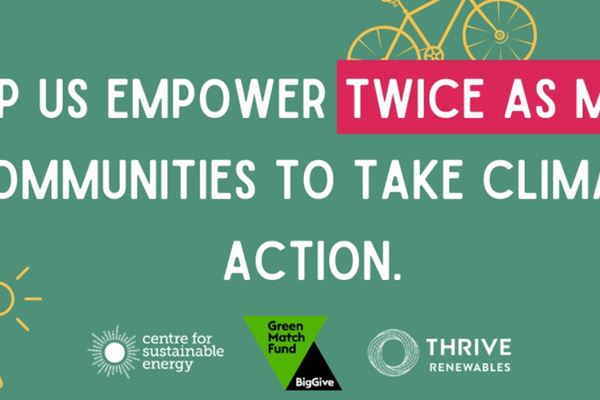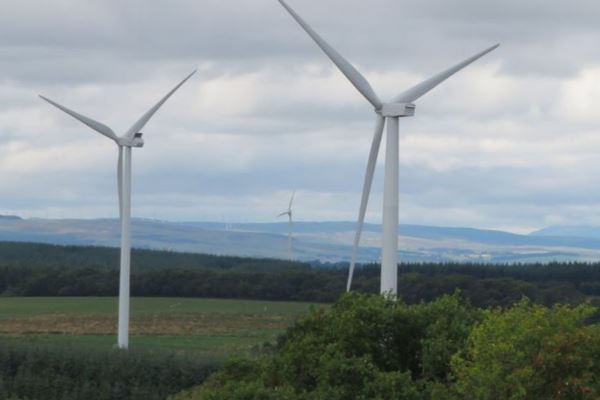IWA project coordinator for the ‘Re-Energising Wales’ project Shea Buckland-Jones said: “This report sets out an important overview of some of the barriers to investment in renewable projects, but more importantly a range of opportunities and investment options that could help raise financial capital from within Wales to support renewable energy projects.”
Thrive features in the excerpt below (taken from page 15 of the report) around its ‘mezzanine finance’ model that bridges the funding gap for community energy projects, as well as a potential investment model for the heating sector.
We are mentioned further in Section 3. Further models for investment on page 32 of the report under 'Abundance' detailing the regulated online platform that lets people lend money to projects providing a social and/or environmental good. Abundance facilitated our renewable energy bond offer through an Innovative Finance ISA to attract everyday investors and now funds £10M worth of renewable projects.
SECTION 1. THE BIG PICTURE: THE BARRIERS TO RENEWABLE ENERGY PROJECT INVESTMENT IN WALES
An example of a specialist form of finance, as referenced above, is ‘mezzanine finance’ which is a mix of debt and equity financing that gives the lender the rights to convert to an ownership or equity interest in the company/project in case of default. Monika Paplaczyk, Thrive Renewables, noted how they, for example, have started providing mezzanine loans to renewables projects, including community energy projects, in order to compliment senior loans provided by banks, so they are effectively providing mezzanine funding to plug the funding gap. This form of finance has helped community groups gain quicker access to finance, as opposed to raising finance through a community share offer for example.
Paplaczyk used the example of heat investment noting that there is significant interest from investors to consider investment in the heating sector, including for example, investment in district heat networks. However, Paplaczyk felt that further certainty and clarity on the revenues and contractual arrangements would be required when funding heat projects and initially, a joint venture approach or the mezzanine finance route would be the ideal investment vehicle for financial investors. Wales needs to exploit specialist forms of finance, including mezzanine finance, in order to drive investment in renewable energy projects and ensure adaptability and diversity within the energy market.
The experts interviewed for this paper made it clear that it is hard to get investment at a planning and development stage but – although the cost of capital can be enormous – returns can be very attractive. The communication of risk and returns of renewable energy schemes are also key in overcoming the barriers to investment. Helene Winch, an Investment Advisor, used the example of Scotland where communication alongside political will and clear visibility of renewable energy schemes across Scotland has been key to driving further investment.
To download the IWA’s report, ‘Funding renewable energy projects in Wales’, please click here



